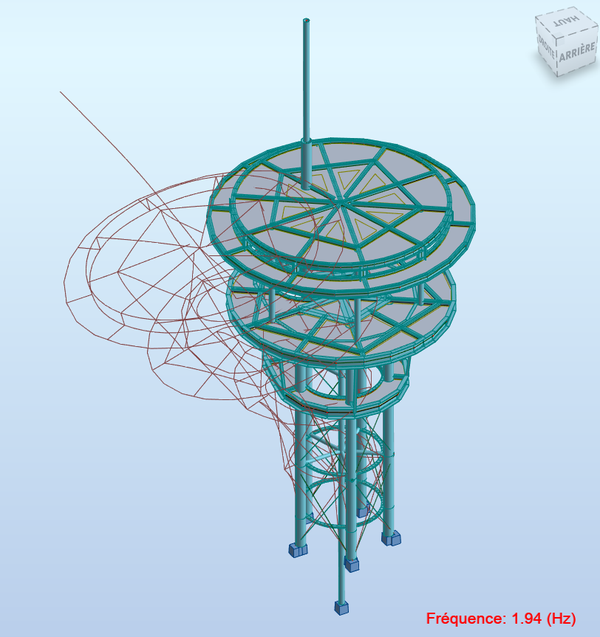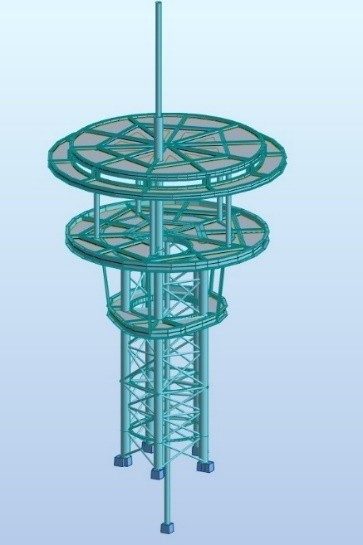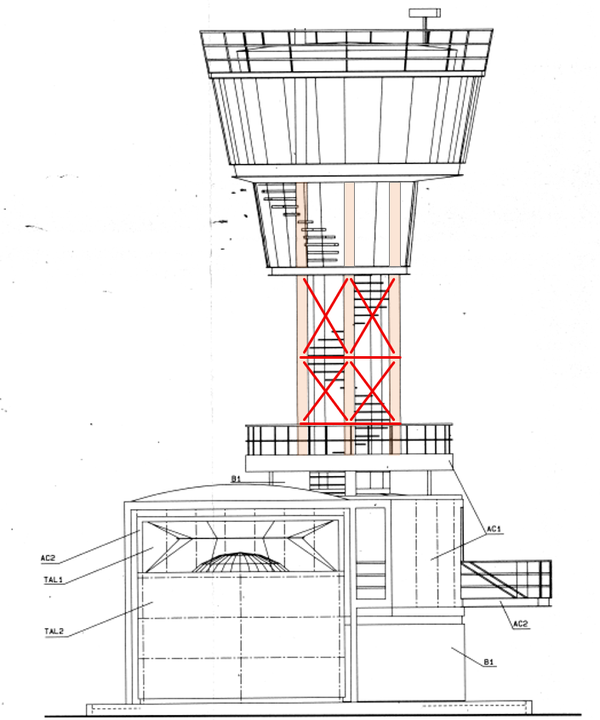Vibrational Analysis of a Port Surveillance Tower
Context
A steel port surveillance tower exhibits noticeable oscillations during moderate wind conditions.
CIDECO conducted a comprehensive vibrational analysis to understand this behavior and design a sustainable structural reinforcement solution.
The study combined on-site instrumentation with numerical modeling to precisely identify the causes of movement.
Standing over 15 meters tall, the tower is subject to significant aerodynamic forces that affect both user comfort and perceived stability.
The objectives were threefold:
- Confirm the users’ perception and characterize dynamic response under real wind conditions
- Measure displacements and natural frequencies
- Design efficient bracing solutions without interfering with interior use
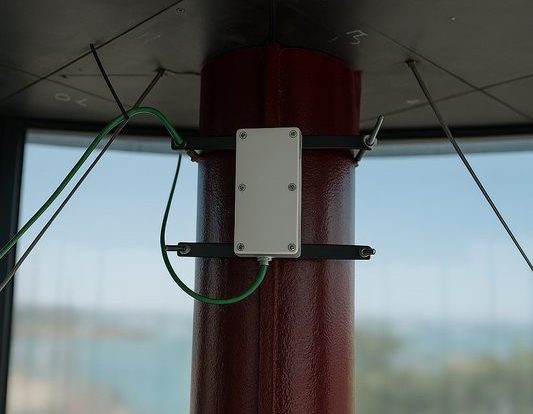
Operations
CIDECO installed sixteen 3D MEMS triaxial accelerometers distributed over five levels.
A rooftop anemometer was added to correlate wind speed with measured accelerations.
The sensors, connected to a 4G IoT gateway, collected five weeks of continuous data.
This system enabled the detection of all vibration modes, including torsional effects.
In parallel, a numerical model was developed to replicate the tower’s geometry and mechanical properties.
Measured data were used to calibrate the model and validate calculation assumptions.

Methods and expertise
Analysis of the recorded signals revealed horizontal displacements of ±2.2 cm at the top under winds of 30–50 km/h, generating peak accelerations of ±3.4 cm/s², consistent with user perception.
The operational modal analysis identified the first bending mode at 1.93 Hz, indicating a risk of aerodynamic resonance and a discomfort level according to ISO standards.
Several reinforcement scenarios were simulated. The chosen solution – installation of solid circular bars (58 mm diameter) at the lower platform – raised the natural frequency from 1.9 Hz to 3.5 Hz.
Result: 75% reduction in displacement, 84% increase in bending stiffness, and 77% reduction in torsion, while maintaining full interior usability.
This reinforcement moves the structure out of the resonance range, significantly improving vibrational comfort.
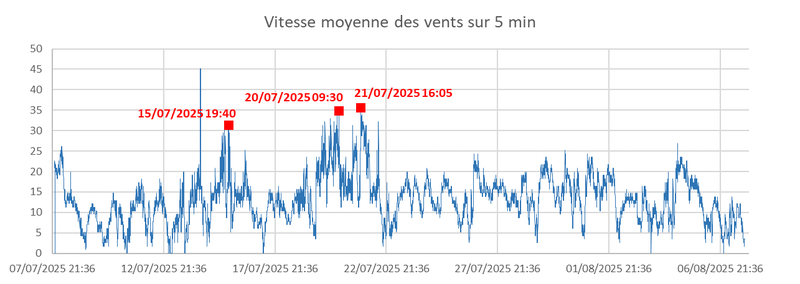
Added value
This project illustrates CIDECO’s expertise in vibration analysis and structural reinforcement.
By combining instrumentation, modeling, and simulation, the team turned a subjective perception of movement into an objective structural diagnosis.
The resulting digital twin now serves as a decision-support tool for future design and maintenance strategies.
To learn more: vibration analysis and monitoring

